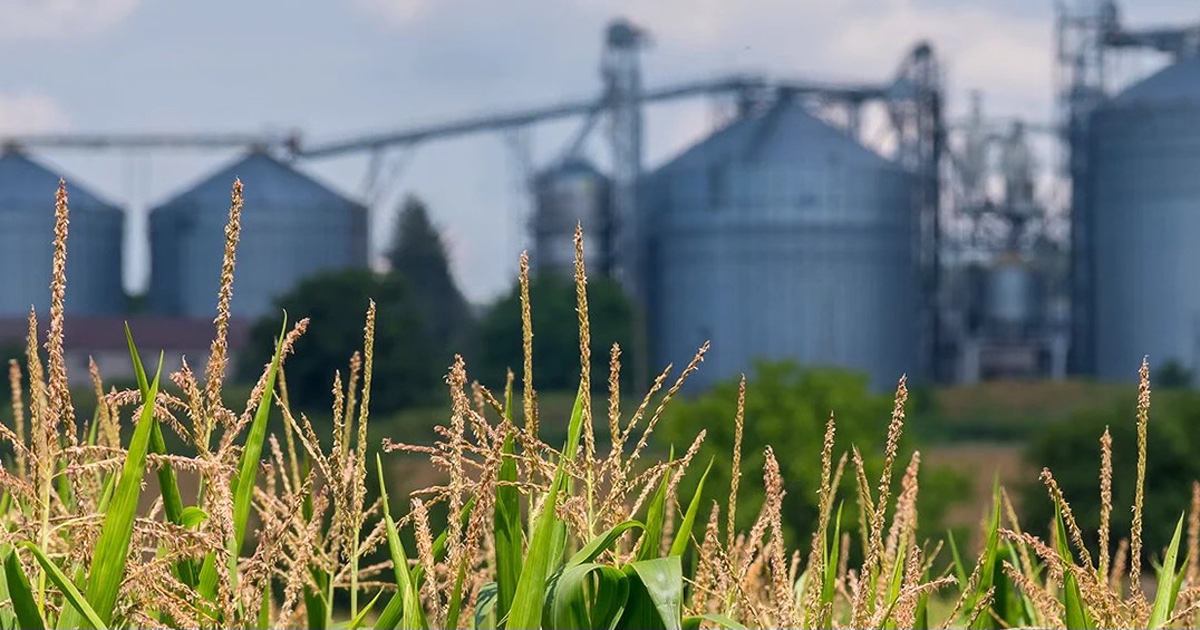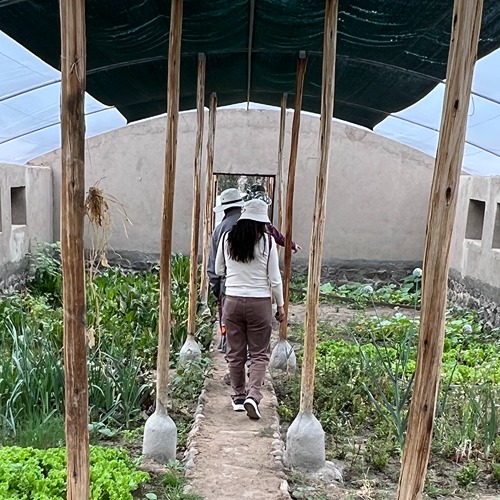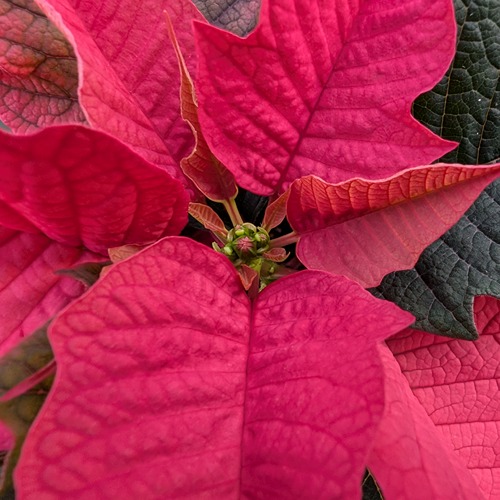Purdue Extension specialist urges hay producers to test for nutritional value
Wet weather this spring has delayed the hay harvest throughout Indiana, raising concerns about feed quality and safe storage.
Keith Johnson, professor of agronomy and Purdue Extension forage specialist, said forage becomes less digestible and palatable for livestock the longer it stays in the field.
“As soon as a window does allow for harvest, it will be especially important for growers to get a nutrition test on harvested forage,” Johnson said. “They may find out it’s of inferior quality but they might also find out it’s in the acceptable range. Having hay analyzed puts farmers in a position to use best management practices and provides buyers with analytical data in addition to visual information.”
Forage quality and nutritional value are determined by a number of factors, Johnson said, including maturity stage at harvest, species and variety, leafiness, and the absence of foreign objects, weeds and pests. Storage conditions are also important, Johnson said.
“Storing hay with a moisture content of more than 20 percent without using a preservative could allow the growth of bacteria that release heat and cause mold formation,” he said. “This process increases the inner temperature of the bales, sometimes high enough to cause spontaneous combustion.”
Johnson said it could take three to four weeks for temperatures to reach critical levels. He advised farmers to check stored hay regularly for warning signs of moisture or heating
To help forage dry faster when cut, farmers can lay it in a wide swath with a mower-conditioner, Johnson said. This exposes the hay to more sunlight and helps it dry faster. Additionally, the mower-conditioner crimps the stems of the hay, allowing moisture to escape more quickly. With more difficult drying conditions, farmers can consider tedding or windrow inversion.
Farmers may also let the cut forage wilt to 50 percent moisture content, then ferment to silage, Johnson said. This is done by wrapping the hay in white plastic using an individual bale wrapper or in-line tuber, both of which keep air out and allow lactic acid-forming bacteria to ferment the forage. The resulting low pH keeps the forage in a stable condition during storage. This process reduces drying time but involves additional packaging costs.
Farmers interested in learning more about hay combustion can find additional resources in the Purdue Extension Forage Field Guide, available from the Purdue Extension Education Store at https://www.edustore.purdue.edu/item.asp?Item_Number=ID-317.





